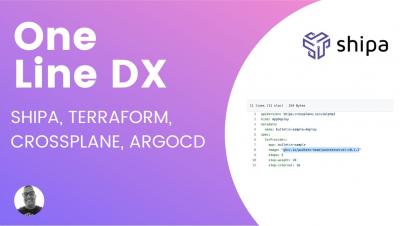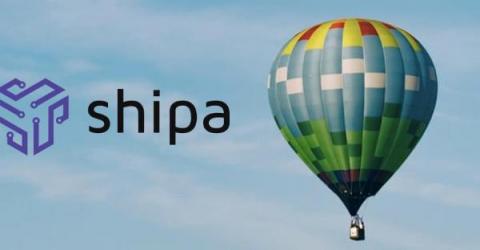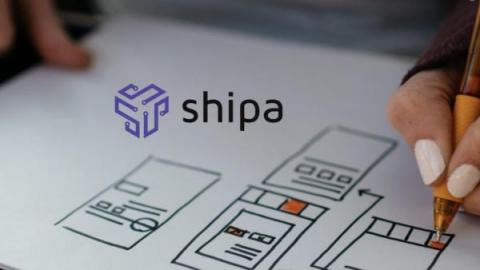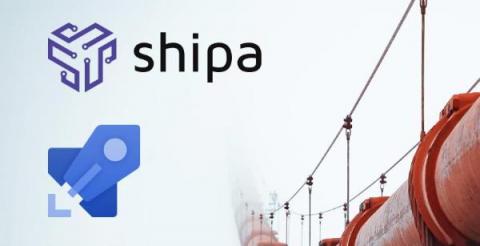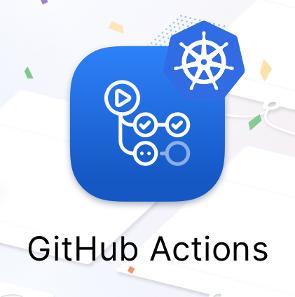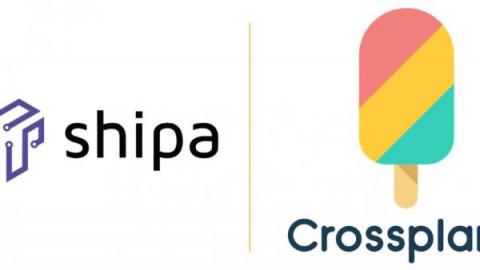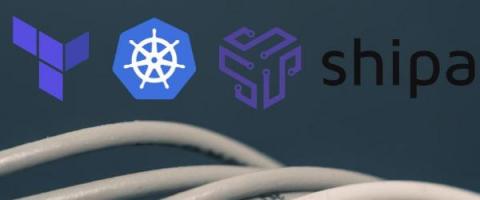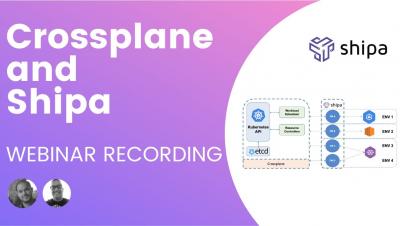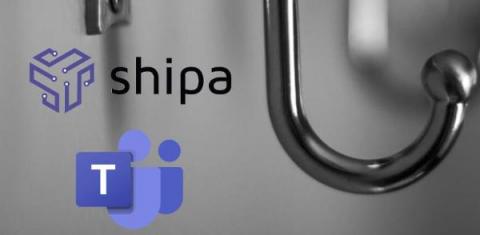Operations | Monitoring | ITSM | DevOps | Cloud
Shipa
One Line Developer Experience - Terraform, ArgoCD, Crossplane, and Shipa
As we kick off the new year and our release of Shipa 1.5.0, dabbling in the art of the possible, what if it was possible to provide your developers with a single line of configuration to get their ideas into production. Shipa is an application and policy abstraction layer which easily integrates with your DevOps toolchains.
It's All About Developer Experience [DX]
Looking at where major DevOps trends are headed, a common theme across many tools and practices is improving the Developer Experience or DX. One paradigm of thinking is that if you improve your internal customer experience, then your external customers will benefit too. However, up until now, the Developer Experience has been quite siloed and segregated for a multitude of reasons, such as scaling or having best-of-breed technologies to support individual concerns. Presentation on DX.
Deploying Your App Using Shipa and Azure Pipelines
In this article, you will learn a bit about how you can deploy an app in IaC way to Kubernetes using Shipa and Azure Pipelines. Shipa is a unique product that solves one of the main issues that developers face while developing Cloud Native applications on Kubernetes. The underlying issue of learning Kubernetes in a faster phase is a difficult task for most of the new developers, that is where Shipa comes to the rescue.
GitHub Actions for Kubernetes application policies
A while ago, we wrote about using GitHub Actions to enable a developer-friendly CD process for Kubernetes. The goal was to show how DevOps or Platform Engineers could give developers an easy way to define and deploy their applications themselves with the target of implementing a self-service model.
FinConDX 2021 Talk "Developer Experience (DX), Crucial to any Financial Services Transformation"
Building application-ready clusters with Crossplane
Much has been written over the years about DevOps and, maybe a bit more recently, about Platform Engineering. Both jobs focus heavily on designing, building, maintaining, extending, and automating underlying infrastructure components (e.g., Kubernetes, monitoring, security, pipelines, etc.), so their end-users, often developers, can consume it as an integrated platform.
Automating and Operationalizing Shipa - Shipa Autowire Framework
Shipa in your organization/team can help usher in the next generation of engineering efficiency and developer experience. Though like any platform, there requires some wiring to bind Shipa to infrastructure. In this modern example, can plug into your IaC strategy in creating Kubernetes clusters then auto-wires all of the needed Shipa pieces at cluster creation time.
Crossplane and Shipa Webinar
Your First Shipa Webhook - Microsoft Teams Integration
One more “ops” phoneme like DevOps is ChatOps; or conversation-based development/operations. ChatOps has been growing in popularity as communication platforms such as Slack is ingrained in our day-to-day engineering lives. A team lead once told me “if it didn’t happen in Slack, it didn’t happen” showing the emphasis of communication platforms as a system of record.


